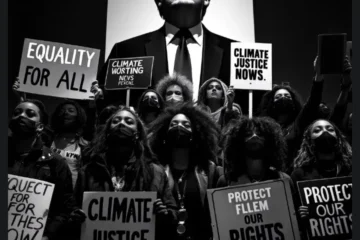At any given minute, an estimated 4.8 million people globally are getting intimate between the sheets. That’s a lot of love being made! But have you ever wondered how cultural attitudes and norms shape sexual behaviours across different societies?
While the human drive for sexual intimacy is universal, the way it manifests can vary dramatically from culture to culture. Let’s explore some fascinating insights:
Conservative Cultures, Lower Frequency
Research shows that cultures with more conservative attitudes towards sex, such as many Asian societies, tend to report lower rates of sexual activity. Factors like later ages of sexual debut, fewer lifetime partners, and less frequent intercourse are common in these contexts.
The influence of traditional gender roles and expectations also plays a significant role. In cultures where women have less sexual autonomy and face stricter norms, they often report lower levels of sexual desire and activity.
Religious beliefs, cultural taboos around discussing sex openly, and lack of comprehensive sexual education can further contribute to lower sexual frequency in certain societies.
Western Cultures, More Sexually Expressive
On the other hand, Western cultures generally have more liberal attitudes towards sexuality. With greater gender equality, more open discussions about sex, and fewer cultural stigmas, people in these societies tend to be more sexually expressive and report higher rates of sexual activity.
That said, even within Western cultures, there can be variations based on factors like ethnicity, acculturation levels, and individual belief systems.
Surprising Cultural Contrasts
Some of the most surprising cultural differences in sexual frequency include:
East Asian cultures like China and Japan report significantly lower rates compared to the West, with later sexual debuts and fewer lifetime partners.
The impact of acculturation on sexual frequency differs across cultures – it affects Asian-American women more than men, while impacting both genders in Hispanic cultures.
Masculine cultures that emphasize gender roles tend to have lower overall sexual activity rates compared to more feminine cultures.
Buddhist and high power-distance cultures exhibit greater social control over sex, with lower extramarital rates, unlike Protestant-influenced cultures.
There are stark variations in the duration of sexual encounters, with Nigerian couples spending nearly twice as long per session compared to Indian couples.
Breaking Barriers, Embracing Diversity
Ultimately, while biology may drive our sexual urges, culture shapes how we perceive and act on those urges. As the world becomes increasingly interconnected, it’s crucial to approach these differences with openness, empathy, and respect.
Dismantling cultural stigmas, promoting comprehensive sexual education, and fostering greater gender equality can help create more open and healthy attitudes towards sexuality across all societies.
So the next time you ponder those 4.8 million people making love at any given minute, remember – their experiences are shaped by a rich tapestry of cultural influences. Embracing that diversity is key to a more understanding and sexually fulfilled world.
This blog was generated by DVC Consultants LOAF Gen AI24 framework.




0 Comments